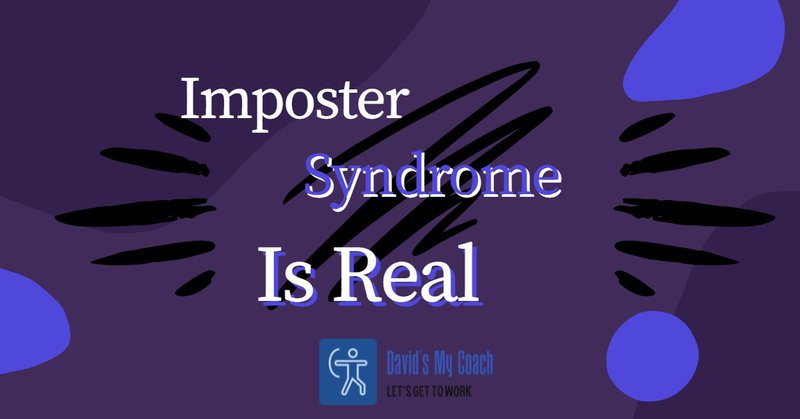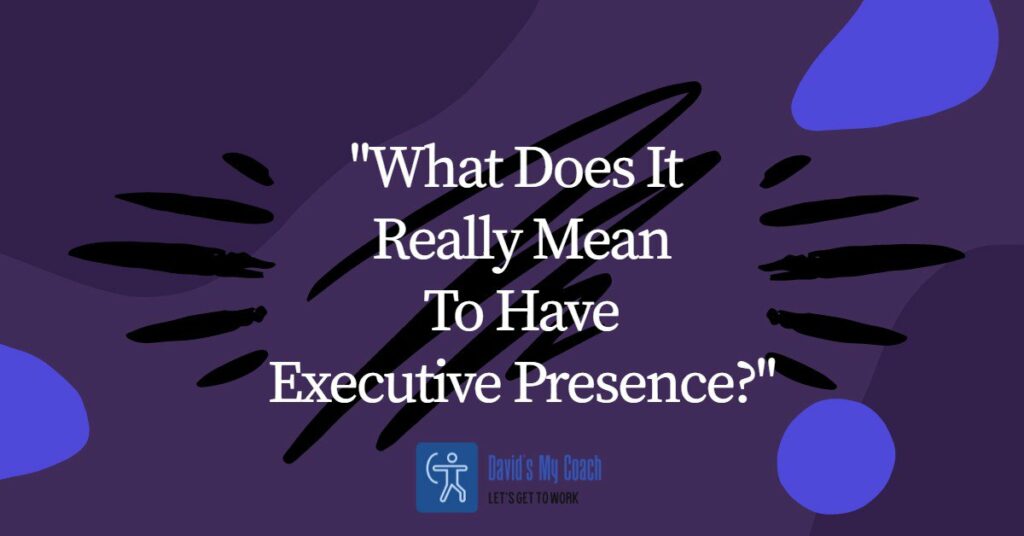There isn’t a day in my practice as an executive coach that my Black Indigenous People of Color BIPOC clients don’t ask me about Executive Presence.
The inquiry is about, “How do I have a better Executive Presence?”
I’m often at a loss for words because of the concern and the anxiety around showing one’s EP (Executive Presence).
The next thing that I say is, “How do you know you do not have it?”
The clients will often say, “My manager said during my performance review that I need to work on it” or “I know it is important for me to get the promotion.”
I then say, “ Yes, it is an important quality to have but it shouldn’t keep you from being promoted.” The silence after I make that statement says a lot.
We live in a culture that is obsessed with the powerful and the influential.
Any given day, we read think pieces about Jeff Bezos’ leadership principles or Elon Musk’s views on cryptocurrency; let’s not forget Mark Zuckerberg’s thoughts on any subject matter.
We want to be invited to the parties hosted by any of these three men.
People are infatuated for all sorts of reasons, but one thing they do have in common is they are white, male and all attended Ivy League schools.
These men represent what it means to be a founder and a great leader in an organization. However, these men do not represent most of my clients.
Most of my clients are BIPOC (Black, Indigenous People of Color), and their stories are rich and complex. They are smart, innovative, curious, driven, collaborative, critical thinkers, great communicators, inspirational and empathetic.
Yet, they are walking around assuming they do not have an executive presence. If those aren’t the characteristics of someone with EP then what else is missing?
They all have a growth mindset and are flexible, agile, and know-how to pivot. Change doesn’t scare them, and you can’t outwork them.
So, what is going on with this “I don’t have an executive presence?”
Do organizations think that the three men in the previous paragraphs are the gold standard of leadership?
They do fit a particular archetype: Male, Rich, White, and Visionary.
Are we expecting BIPOC people to act like rich white males at work?
Who models Executive Presence?
What is so special about executive presence? The Bates Model of EP considers that there are three dimensions to consider: Character, Substance, and Style.

I often refer to this when I am thinking about how to help my client work through what EP is. However, as necessary as this model is, it still lacks the context of what it means to be a BIPOC in an organization. So, I do not start with their model.
I start by asking them “How do you want your colleagues to experience you?” Most take a moment and ponder the question.
It is important to start here because I want my clients to remember the qualities they possess. See, when we are told we lack something, we often fail to remember what we do have.
This memory helps to reignite their confidence. The client will inevitably say things like, “I want them to experience me as resourceful, trustworthy competent, confident, clear, powerful, smart, and knowledgeable.”
Then, I say “So tell me why you are struggling with EP.”
They laugh because they know deep down that they embody it.
This isn’t to say that there aren’t areas of opportunities for them we all have room to grow. What it does say is that you are not starting from a deficiency.
I want them to know that when I work with them it isn’t about what they do not have but also what they do have and how we can strengthen it.
Executive Presence is a word often used as a weapon to deny BIPOC their agency.
When my clients mention what the feedback has been from their managers, I then ask them to raise certain questions in their next 1 on 1. The 1 on 1 meeting is not limited to projects and products but should also include development.
The 1 on 1 is a space where agency is demonstrated which is why I tell my clients to ask these questions:
1. Can you tell me more about what you meant about me developing Executive Presence?
2. What areas of Executive Presence do you think I possess? And what areas should I focus on?
3. Is there a way to measure Executive Presence?
4. How does this impact promotion and why?
I compel them to address this because their managers should be able to answer all these questions. If they cannot then we have a problem.
The problem is, why is it being used as a development issue? Also, they should be working with you to help you develop it.
As an Executive Coach, my job is to fight for the worker. I’m their advocate. I would not be doing my job as a coach if I did not ask them to circle back and ask the tough questions. Once a thing is defined, then we can work towards it and Executive Presence should be defined.
If my client needs to work on their presentation skills, team dynamics, and or communication skills, then the feedback should be clear.
To tell someone to work on Executive Presence is too vague and subjective. Our careers are important to us and most people do not wake up daily and decide to be mediocre.
On the contrary, we want to be a high performer and we want to add value, but when it comes to Executive Presence most BIPOC people are dinged.
Why would I use such a broad stroke because my other clients who are White are rarely told to work on Executive Presence? Most of them say, “I want us to work on it.”
And then I say “Have you received feedback about EP?” And they say no. BIPOC and women are often told to develop Executive Presence.
As a coach, I have to untangle and defang the idea of EP. I think about EP through the leans of emotional intelligence, managing up, storytelling, decision-making, influence, and leadership skills.
These things are measurable over time, and it is a good place to build out a solid plan for my clients.
The one thing that most of my clients struggle with is not Executive Presence. It is Imposter Syndrome
Imposter syndrome is crippling BIPOC and women in the workforce today. The struggle to have Executive Presence and to also deal with the internal turmoil of Imposter Syndrome is taking a mental toll on a lot of people.

I will take some time to help address Imposter Syndrome, but for now, I want to highlight the workaround clarifying and defining Executive Presence.
As you can see, I use a nontraditional approach to EP and this approach allows the client to discover and stake a claim of her skills. This leads to them OWNING their power. They then begin to tell me what they think it is and once I know my clients can define on their terms, then I have done my job.
The next time you or someone you know is told to work on Executive Presence, please refer to this article for support. Executive Presence is good to have, but it is not a guarantee for a job promotion.
A version of this article appears on David’s My Coach along with other articles defanging and demystifying Executive Presence.



